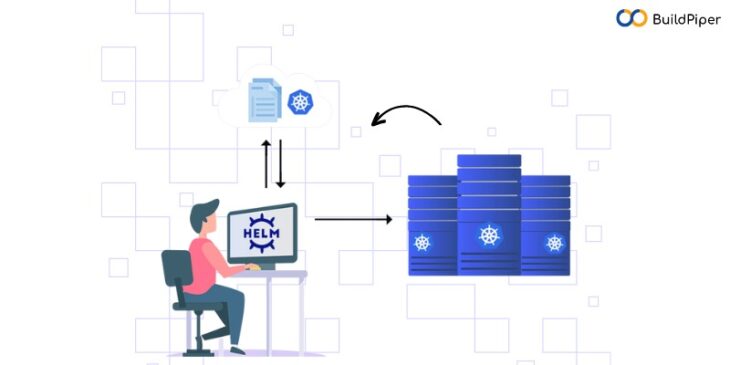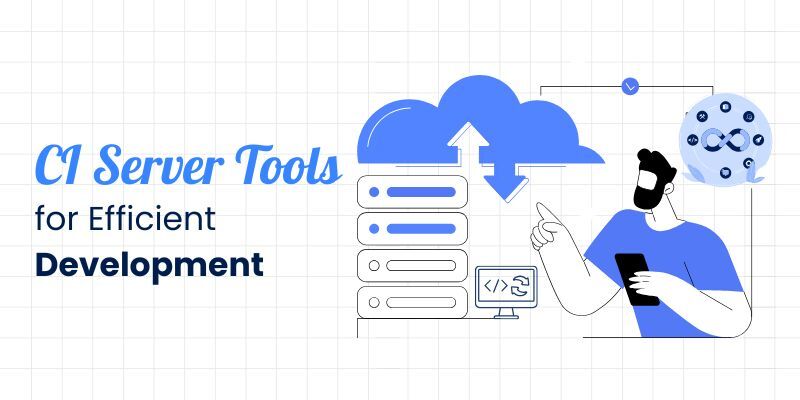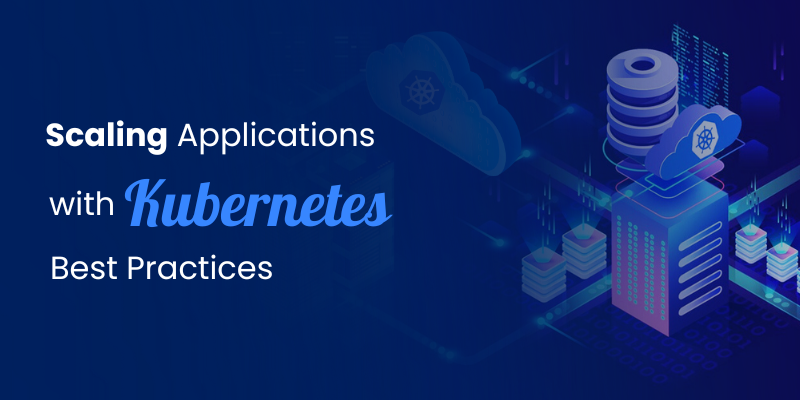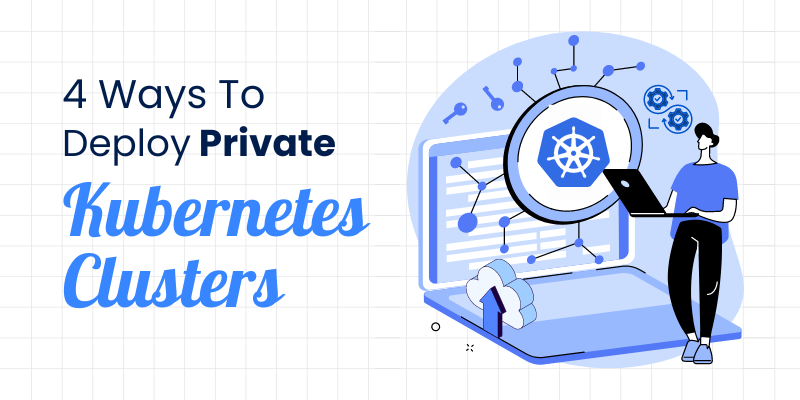
One of the first packages that you need to get installed once your Kubernetes cluster is up and running, is Helm. Helm, meaning a package manager for Kubernetes, is a stalwart element in the Kubernetes ecosystem. Helm in Kubernetes helps teams to have a more consistent deployment by packaging up all of the essential resources needed for deploying a Kubernetes cluster.
Here’s everything that you need to know about Helm, Helm charts, a manifest file, why is a manifest needed for deploying Kubernetes and how Helm in Kubernetes helps in resolving multiple service deployments. Let’s take a look!
In this blog, we’ll talk about,
- Why is a Manifest file needed for Kubernetes Deployment?
- BuildPiper’s Approach to configure Deploy Details
- The Complex Case of Deploying Multiple Services
- Helm and Helm Charts
- Helm-Based Definition: Another approach to configuring Deploy details
- Multiple Ways to Assign a Value: Replacing Helm Values & Helm Externalized Variable
Also, Read this: Auto Replacement of Manifest Placeholders-A newly added feature in BuildPiper, in our next blog:
All About “Helm”- The Package Manager For Kubernetes- Part 2
Why is a Manifest file needed for deploying Kubernetes?
A manifest file is a specification of a Kubernetes API object in JSON or YAML format. A Kubernetes manifest defines the resources (e.g., Deployments, Services, Pods, etc.)that users want to create, and how they want these resources to run inside a Kubernetes cluster.
These plaintext configuration files describe how within a Kubernetes cluster, a pod’s containers should be run and connected to other objects, such as services or replication controllers. This is why a manifest file is needed for deploying a Kubernetes cluster.
BuildPiper’s Approach to Configure Deploy Details
Here’s how you can configure a manifest file for Kubernetes Deployment with BuildPiper.
Automated Manifest Generation via a Guided Form(BuildPiper UI)
You can generate your Manifest file via a user-friendly guided form. By providing a few inputs about the service deployment, you can generate a compliant, secure, scalable, and reliable service manifest, which can be used for service deployments.
Upload your Manifest File
Your team can upload the custom manifest file. The inputs from the manifest file will be used to configure the deployment details.
Provide the GIT URL of your Manifest File
The other way to provide deployment details is by putting in the GIT URL of your manifest files. The system dynamically fetches your updated manifests each time you deploy your service.
[Good Read: Introduction To Helm, Helm Charts and its Components!]
The Complex Case of Deploying Multiple Services
But, would a manifest file be helpful in cases where many services are involved?
What if the user wants to update values within a manifest file? Then, he must
either,
– make changes in all the manifest files before uploading them to our system or to the GIT repository
or
– upload the GIT URLs of all other manifests.
But, for how long a user will keep making the changes in all the manifest files, before uploading them to BuildPiper or the Git Repo. This can be difficult and time-consuming for the DevOps teams.
What’s the solution then?
There could be multiple clusters to deploy and multiple resources to orchestrate within a Kubernetes cluster. As the number of YAMLs increases, the complexity of storing these YAMLs also increases.
Enter “the world of Helm”
Helm can help in resolving these problems. Helm is installed outside the Kubernetes cluster. It leverages kubectl to connect and interact with the Kubernetes cluster. Helm meaning a package manager for Kubernetes, uses the information provided by kubectl and enables a seamless Kubernetes deployment.
What are Helm Charts?
Helm in Kubernetes uses a packaging format called Charts. A Helm Chart is a collection of files that describe a set of Kubernetes resources. The Helm Charts can be sent to a Helm Chart Repository.
Helm-Based Definition: Another Option to Configure Deploy Details
BuildPiper provides an option to configure the deployment details via the Helm charts. So, if you already have a Helm chart with its values file, you can provide the file. Our team will use it to get inputs for automating the service deployments.
Multiple Ways to Assign a Value
Helm, meaning “the package manager for Kubernetes” helps to manage Kubernetes applications — Helm Charts help IT teams in defining, installing, and upgrading even the most complex Kubernetes applications. .
Users can easily replace or assign values within all manifest files by using Helm. Here’s how!
Helm uses the following two methods to assign value to the variables.
1. Replacing Helm Values
2. Helm Externalized Variable
Replacing Helm Values
For removing the defaults in values.yaml, we just need to set one parameter:
For instance, let’s consider this,
favoriteDrink: coffee
Now we can use this inside of a template:
apiVersion: v1
kind: ConfigMap
metadata:
name: {{ .Release.Name }}-configmap
data:
myvalue: “Hello World”
drink: {{ .Values.favoriteDrink }}
This is how the code renders:
# Source: mychart/templates/configmap.yaml
apiVersion: v1
kind: ConfigMap
metadata:
name: geared-marsupi-configmap
data:
myvalue: “Hello World”
drink: coffee
Helm Externalized Variable
Using this method, we can easily override the value. Because favoriteDrink is set in the default values.yaml file to coffee, that’s the value displayed in the template. We can easily override that by adding a –set flag in our call to helm install:
$ helm install solid-vulture ./mychart –dry-run –debug –set favoriteDrink=slurm
Since –set has higher precedence than the default values.yaml file, our template generates drink: slurm
Here it is.
# Source: mychart/templates/configmap.yaml
apiVersion: v1
kind: ConfigMap
metadata:
name: solid-vulture-configmap
data:
myvalue: “Hello World”
drink: slurm
BuildPiper- for Seamless Kubernetes Deployment
All in all, when it comes to making Kubernetes deployment absolutely seamless and quick, Helm and Helm charts can certainly help. Other than this, there is one more platform: BuildPiper, that can help in hassle-free Kubernetes deployment. BuildPiper eases the setup and management of a Kubernetes cluster with a few simple clicks with its Managed Kubernetes offering. The platform empowers DevOps teams with highly intuitive Kubernetes & Microservices management with a quick setup of delivery pipelines for Macro & Micro builds and deployments, enabled with CI analysis and customizable CI gate checks.
Consult our tech experts who have helped some of the largest companies with their container adoption strategies and services to bridge skills gaps and expertise. If you have any queries related to Helm chart multiple deployments, deploying a Helm chart on Kubernetes or any Kubernetes questions, feel free to contact us!



